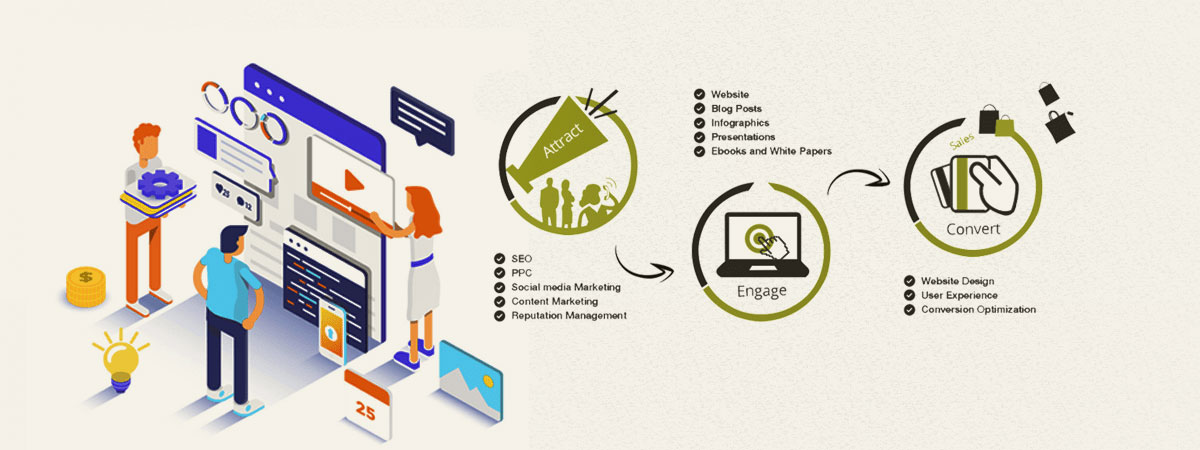Intrigued In Discovering How Internet Site Design Has Altered Over The Years? Explore The Trip
Intrigued In Discovering How Internet Site Design Has Altered Over The Years? Explore The Trip
Blog Article
Content Writer-Thorsen Hyldgaard
In the past, web sites were straightforward and concentrated on info. Navigating was straight, and style was for desktops. Currently, individual experience is essential. Data guides styles for very easy navigating. Responsive formats match different tools. Today, dark mode minimizes stress, and minimalist food selections improve navigating. Interactive attributes engage individuals, and bold visuals attract attention. AI integration increases interaction. See exactly how layout has actually advanced to enhance your on the internet journey.
Very Early Days of Website Design
In the early days of website design, simpleness reigned supreme. Websites were standard, with minimal colors, fonts, and layouts. The focus was on giving details as opposed to fancy visuals. Individuals accessed the net via slow-moving dial-up connections, so rate and performance were essential.
Navigating menus were straightforward, usually situated at the top or side of the page. Web sites were created for home computer, as mobile surfing had not been yet widespread. Content was king, and designers prioritized easy readability over intricate layout aspects.
HTML was the key coding language used, and designers had to function within its restrictions. Computer animations and interactive attributes were marginal compared to today's criteria. Internet sites were fixed, with little vibrant content or tailored individual experiences.
Surge of User-Focused Style
With the evolution of site layout, a change in the direction of user-focused layout concepts has actually come to be increasingly popular. Today, developing internet sites that focus on user experience is critical for engaging site visitors and achieving service objectives. User-focused design entails understanding the requirements, preferences, and habits of your target market to tailor the website's design, content, and features as necessary.
https://www.forbes.com/sites/johnhall/2022/01/09/3-reasons-you-shouldnt-neglect-your-digital-strategy/ conduct complete research study, such as customer surveys and functionality screening, to gather insights and responses directly from individuals. This data-driven technique assists in creating user-friendly navigating, clear calls-to-action, and aesthetically enticing user interfaces that resonate with site visitors. By putting the customer at the center of the layout procedure, internet sites can deliver a more customized and satisfying experience.
Responsive design has actually also emerged as a key facet of user-focused layout, making sure that web sites are maximized for numerous devices and screen dimensions. This versatility boosts availability and functionality, accommodating the varied ways customers connect with internet sites today. In essence, the surge of user-focused design signifies a change in the direction of developing electronic experiences that focus on the demands and assumptions of the end user.
Modern Trends in Website Design
Explore the latest fads forming web design today. One noticeable pattern is dark setting layout, using a sleek and contemporary appearance while decreasing eye pressure in low-light atmospheres. One more essential fad is minimal navigation, streamlining food selections and boosting customer experience by focusing on essential elements. Incorporating micro-interactions, such as animated buttons or scrolling impacts, can create a more appealing and interactive internet site. Responsive style remains vital, making certain seamless user experiences across various gadgets. Furthermore, using vibrant typography and unbalanced layouts can include aesthetic passion and accentuate specific content.
Integrating AI innovation, like chatbots for customer assistance or individualized suggestions, improves user engagement and improves procedures. Availability has likewise end up being a considerable pattern, with developers focusing on inclusive layout techniques to satisfy varied individual requirements. Accepting sustainability by maximizing internet site performance for rate and efficiency is an additional emerging pattern in web design. Teaming up with individual feedback and data analytics to repeat and enhance layout constantly is important for remaining pertinent in the ever-evolving digital landscape. By welcoming these contemporary patterns, you can create a visually enticing, easy to use site that resonates with your target market.
Conclusion
As you reflect on the advancement of web site layout from the early days to now, you can see just how user-focused design has actually ended up being the driving force behind contemporary patterns.
Embrace the journey of modification and adaptation in web design, always keeping the customer experience at the forefront.
Keep present with the current trends and technologies, and never ever stop progressing your strategy to create aesthetically stunning and user-friendly web sites.
Progress, adapt, and develop - the future of web design is in your hands.
